Mastering the Art of Building an Effective Content Marketing Funnel in 2024
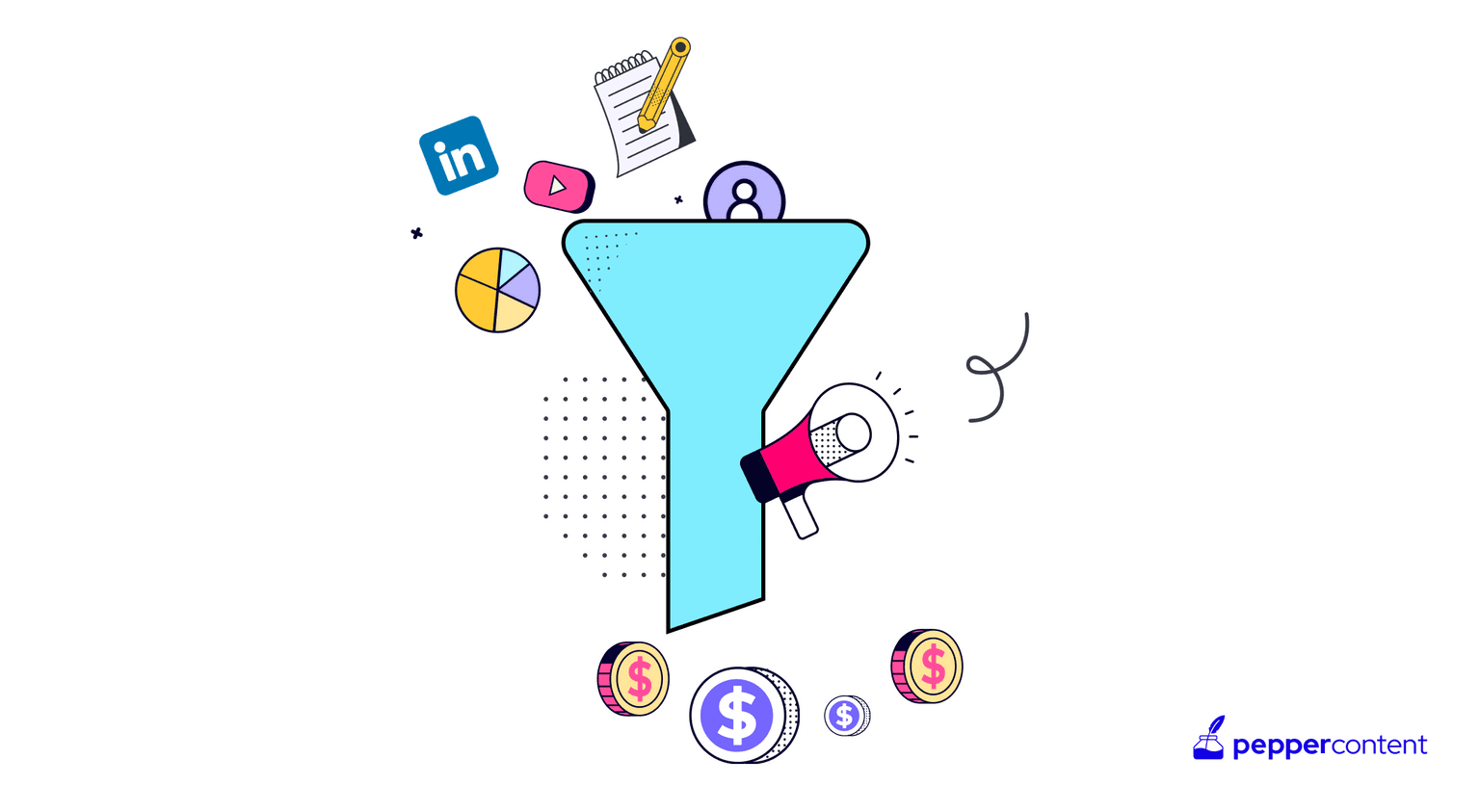
Content marketing can be overwhelming. Whether you’re targeting customers online or offline, the goal remains the same: attract and engage. While a polished website and SEO-optimized content lay a solid foundation, it doesn’t guarantee leads and potential customers. So, how can you effectively steer customers towards your offerings?
All you need to do is build a robust content marketing funnel. But what is it? Let’s start with the basics.
What is a Content Marketing Funnel?
A content marketing funnel serves as a blueprint, illustrating how content can effectively draw in potential clients and steer them from initial interaction to becoming loyal customers. This funnel is a key component of a bigger content marketing strategy.
When we analyze and build a content marketing funnel, we’re essentially exploring how diverse content types can captivate and convert users at different touchpoints.
For a quick overview, let’s outline the core stages of the content marketing funnel:
- Top of the funnel (TOFU): This stage grabs attention.
- Middle of the funnel (MOFU): Here, we generate leads.
- Bottom of the funnel (BOFU): This phase focuses on conversion.
As a marketer, your primary challenge is determining which content aligns with the needs of potential customers at each specific stage, fostering a genuine relationship with your brand.
Let’s take a closer look at each stage of the content marketing funnel.
1. Top of the Funnel (TOFU)
The top of the funnel marks the starting point of the buyer’s journey, often crowded with individuals unfamiliar with your brand. Your objective is to capture their attention, address their questions, and subtly introduce them to your brand.
Key metrics to gauge TOFU success include:
- Organic, referral, and overall website traffic
- Engagement on social media (shares, likes, comments)
- Recognition from influencers and media outlets
- On-site engagement metrics (like bounce rate and page duration)
- Subscriptions via newsletters and social platforms
For TOFU, prioritize educational content that offers tangible value, driving users to engage with your site.
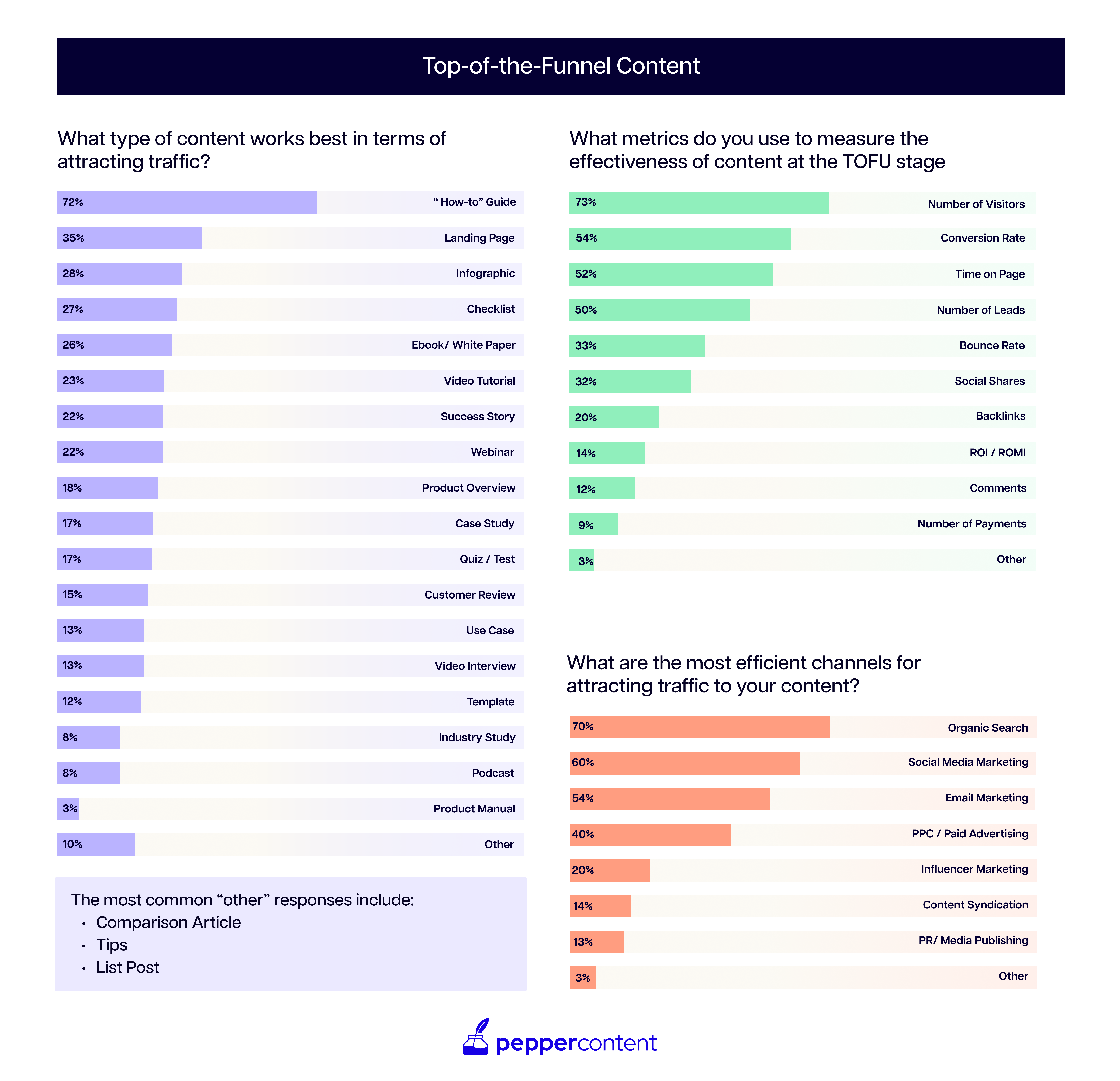
The top five content types for this phase include:
- “How-to” guides
- Landing pages
- Infographics
- Checklists
- Ebooks
Such guides position your brand as an industry authority. Thought leadership content from Subject Matter Experts (SMEs) also adds to the credibility of your content.
Typically, customers discover this content through organic searches. Yet, social media and email marketing also serve as major channels, especially if users are followers or subscribers.
2. Middle of the Funnel (MOFU)
At the MOFU stage, the audience size may reduce, but their engagement potential increases with the right encouragement. Your aim shifts to guiding these prospects from initial interest to an in-depth understanding of how your solution helps.
Key indicators for MOFU content effectiveness include:
- Conversion rates
- Lead generation metrics
Notably, organic search remains a primary traffic driver for MOFU content.
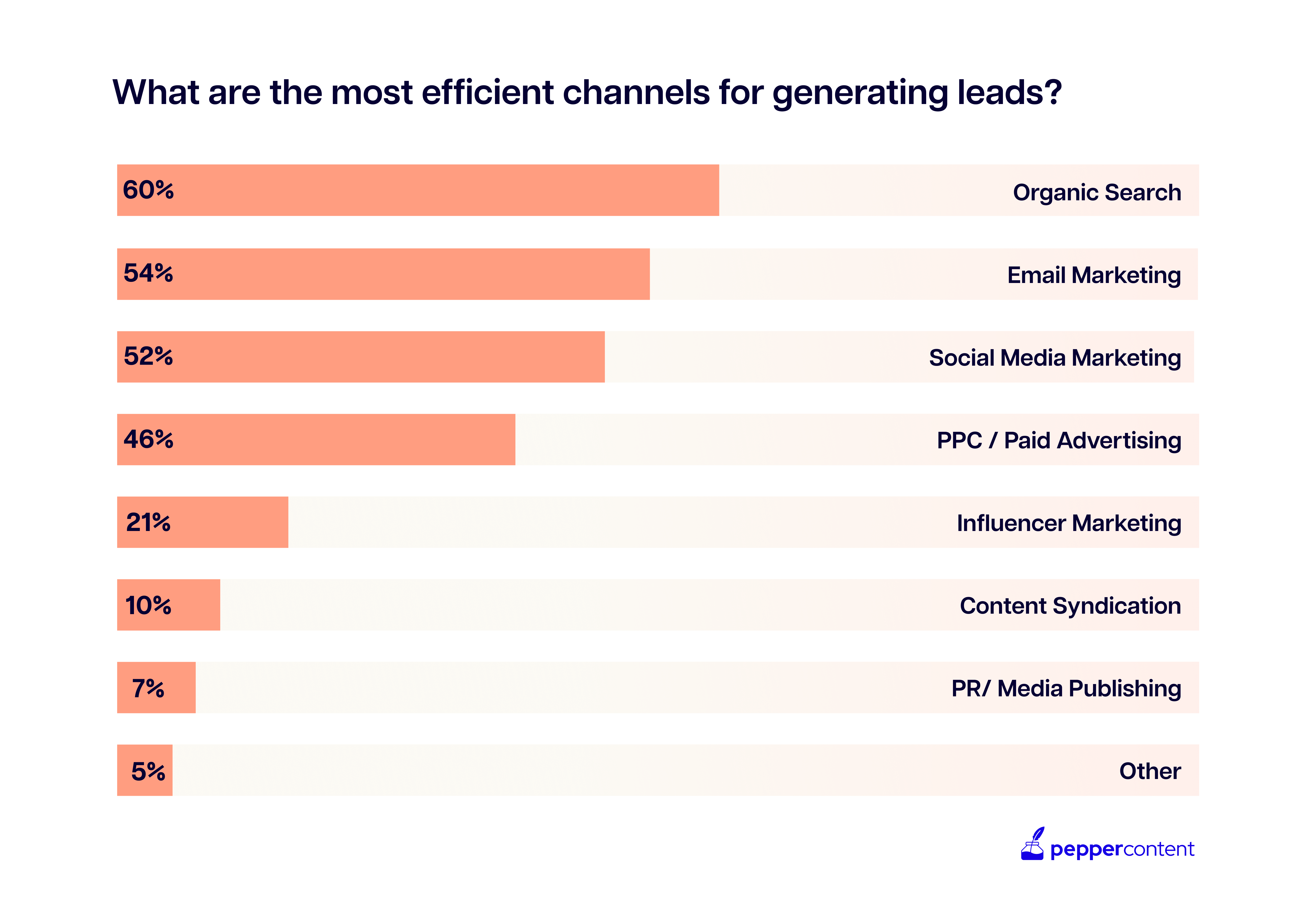
Key content types for MOFU include:
- “How-to” guides
- Product overviews
- Case studies
- Landing pages
- Webinars
MOFU content leans towards product-centric materials, aiming to deepen prospects’ understanding and affinity for your offerings. For instance, case studies highlight real-world benefits, while webinars offer detailed insights, both enhancing brand engagement.
Given varied motivations at this stage, diversify content to showcase product utility. Additionally, leverage email marketing to nurture leads effectively, driving them closer to conversion.
3. Bottom of the Funnel (BOFU)
The BOFU stage is the final stage, where your content must distinguish your brand, foster trust, and drive the purchase decision.
Here, your content should address specific questions about your product or service.
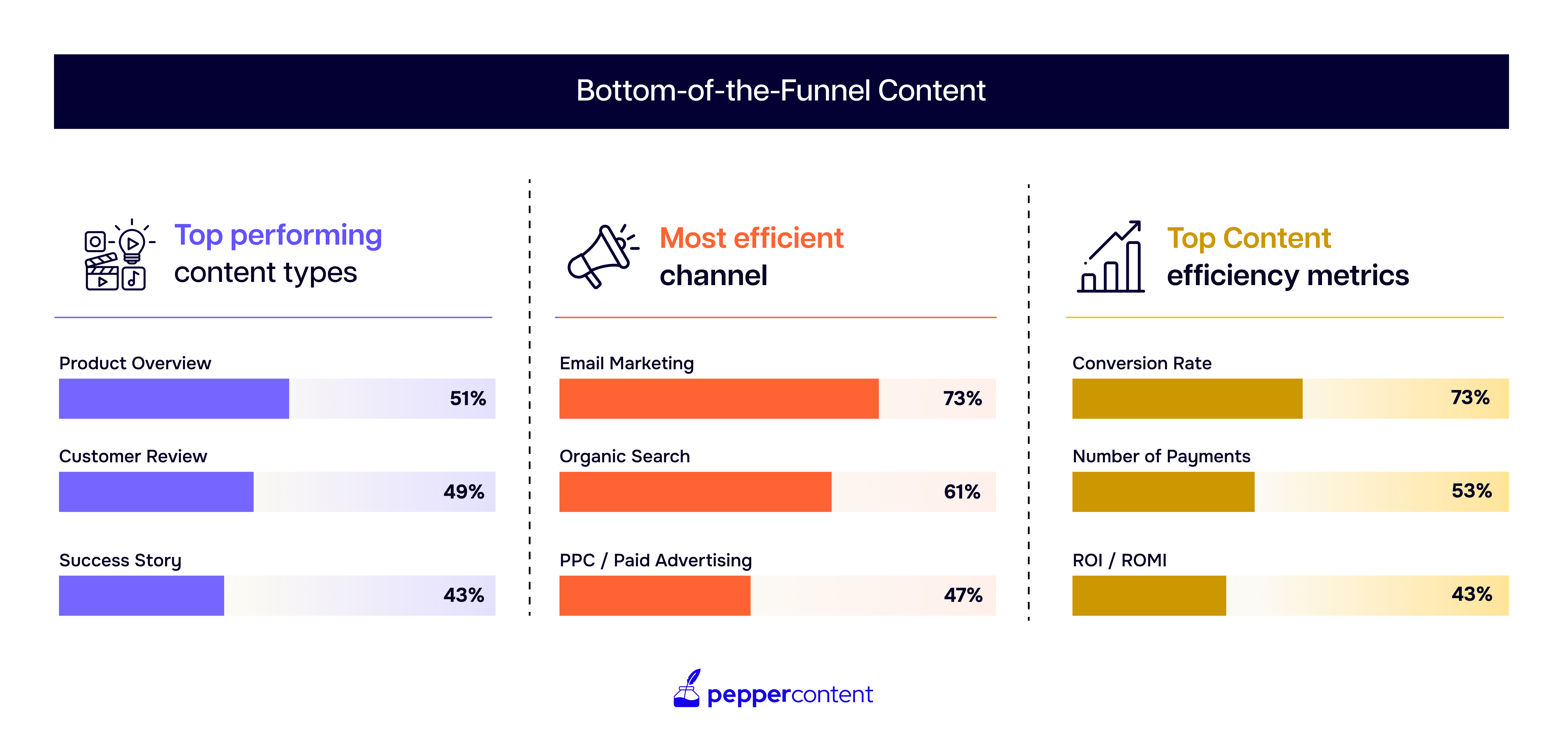
Top content types for BOFU encompass:
- Product overviews
- Customer reviews
- Success stories
Additionally, case studies, landing pages, and product-specific content are important.
Moreover, customer-driven and case-centric content significantly influence purchasing decisions, with 93% of consumers relying on reviews.
Now that we have a basic idea of what a funnel is and what content types should be used at each stage, let’s see how to build an effective content marketing funnel.
Discover Your Target Audience
Understanding your target audience begins with crafting a buyer persona.
Without a clear understanding of your audience, identifying potential customers willing to invest in your product or service becomes challenging.
While creating your buyer persona, here are some of the things you need to consider:
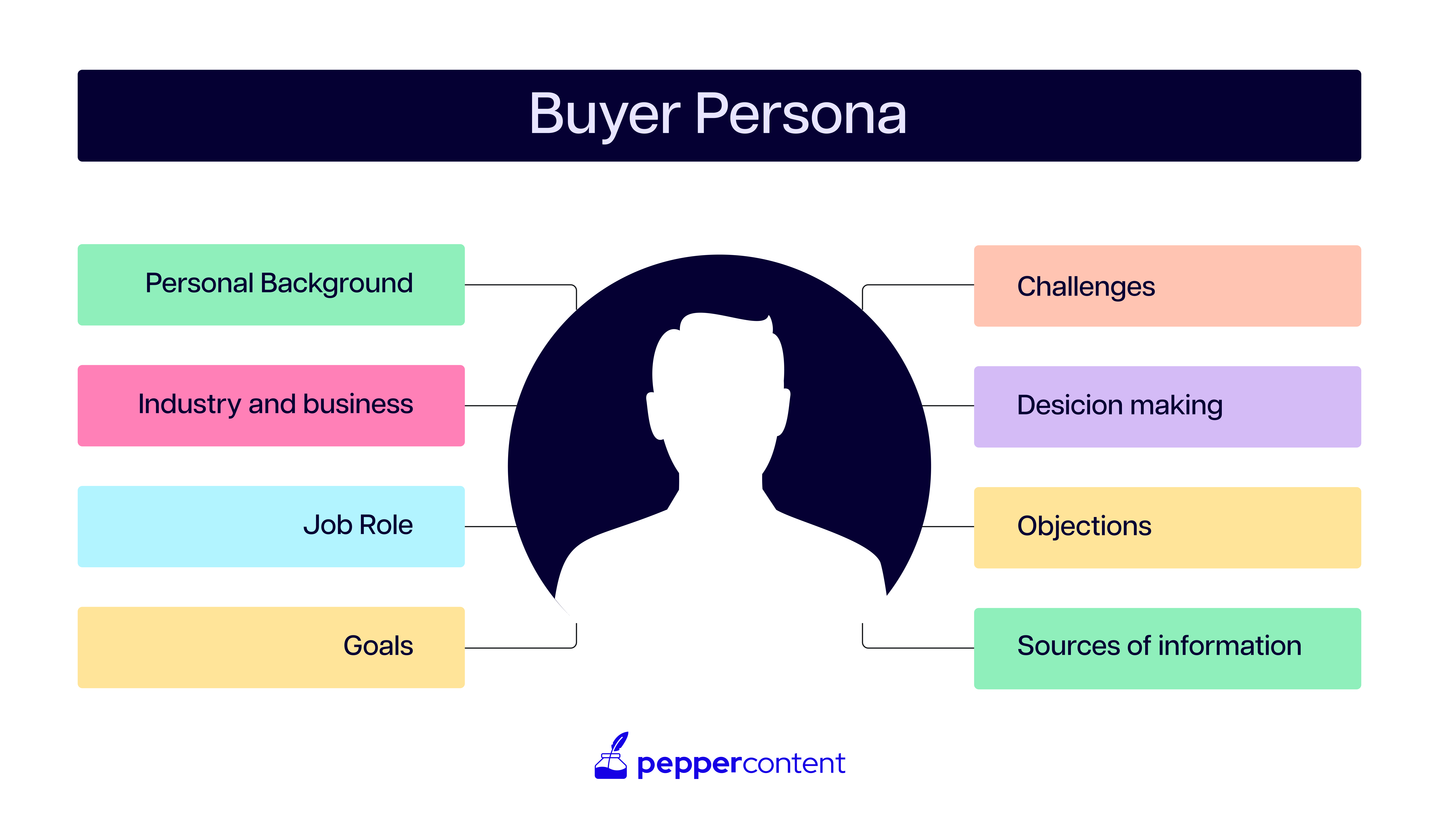
Gather insights from customer feedback, distribute surveys, evaluate website interactions, and analyze online data. These methods, along with comprehensive customer behavior analysis, offer valuable insights into your target audience.
Once you’ve defined your ideal customer persona, you can refine your marketing funnel by addressing their specific challenges and requirements.
Develop a Strategy Tailored to 2024 Trends
As we navigate the ever-evolving digital landscape, it’s crucial to develop a strategy that aligns with emerging trends anticipated for 2024. A proactive approach ensures your business remains competitive and resonates with evolving consumer preferences.
Determine whether your primary focus for 2024 is growth, retention, or depth. Each comes with its own set of opportunities and challenges:
- Growth: If expansion is your primary goal, prioritize strategies aimed at acquiring new customers, exploring untapped markets, and launching innovative products or services.
- Retention: For businesses aiming to increase customer loyalty, emphasize strategies that enhance customer satisfaction, foster long-term relationships, and incentivize repeat purchases.
- Depth: If your goal is to deepen customer engagement and maximize lifetime value, concentrate on delivering personalized experiences, refining product offerings based on customer feedback, and exploring upselling or cross-selling opportunities.
To remain agile and responsive to market shifts, integrate emerging trends into your 2024 strategy:
- Hybrid Marketing Experiences: Adopt a mix of digital and physical touchpoints to create immersive, cohesive customer journeys. By seamlessly integrating online and offline interactions, you enhance engagement, drive conversions, and foster brand loyalty.
- Omnichannel Marketing: Adopt an omnichannel approach to deliver consistent, personalized experiences across various platforms and touchpoints. By aligning messaging, branding, and customer interactions across channels, you create a unified brand presence, optimize customer engagement, and drive revenue growth.
- Self-Guided B2B Buying Journeys: Recognize the evolving dynamics of B2B purchasing behaviors. Facilitate self-guided buying journeys by providing comprehensive online resources, interactive tools, and personalized content tailored to address specific business needs and challenges.
Creating Engaging Content
Create content that genuinely connects with your target audience. Whether it’s through social media, blog articles, videos, or podcasts, choose the platforms that align most effectively with your audience’s preferences.
Remember, you don’t have to plan an entire year’s worth of content all at once.
Instead, focus on generating content that kickstarts your sales funnel, capturing attention and driving engagement.
Continuously monitor your content performance and be prepared to pivot when necessary. If certain content doesn’t resonate or generate meaningful engagement, refine your approach. Avoid recycling content that doesn’t resonate; instead, focus on adapting and optimizing to maximize impact and drive results.
Nurturing Engagement and Conversions
In the nurture stage, focus on strengthening relationships by offering lead magnets such as educational resources, e-books, webinars, and exclusive offers. By offering these resources, you not only provide immediate value but also position your brand as a knowledgeable and reliable authority within your industry.
To effectively nurture relationships during this stage:
- Personalize Interactions: Tailor content and communications based on user preferences, behaviors, and engagement levels. Personalization fosters a sense of relevance and connection, enhancing user engagement and trust. Different types of website personalization help make each visit more relevant, boosting user satisfaction.
- Provide Value: Continuously deliver valuable, relevant content that addresses users’ needs, challenges, and aspirations. By consistently offering solutions and insights, you reinforce your brand’s credibility and authority, encouraging users to progress further along the conversion path.
As users transition into the conversion stage, the focus shifts towards driving tangible actions, such as purchases, subscriptions, or sign-ups.
To optimize conversions:
- Craft Direct Pitches: Craft concise, compelling pitches that highlight the unique benefits and advantages of your products or services. Focus on key selling points, testimonials, or case studies that showcase your offerings’ value and efficacy.
- Outline Unique Value Propositions (UVPs): Clearly outline what sets your brand apart, emphasizing unique features, quality, or customer support.
- Streamline Conversion Paths: Streamline the conversion process with intuitive navigation and clear CTAs for seamless user experiences.
Retention and Cross-Selling
Retaining customers is as crucial as acquiring new ones. To ensure long-term success and foster loyalty, implement the following retention strategies:
- Exceptional Customer Service: Prioritize customer satisfaction by offering prompt, personalized support, addressing concerns proactively, and valuing feedback.
- Loyalty Programs: Reward repeat purchases and engagement through loyalty programs, offering incentives such as discounts, exclusive offers, or rewards points to incentivize continued loyalty.
- Regular Communication: Maintain open lines of communication with customers through tailored content, updates, and personalized recommendations, demonstrating your commitment and value.
Similarly, leveraging cross-selling techniques can significantly enhance customer lifetime value, drive revenue growth, and solidify your brand’s position in the marketplace.
Cross-selling involves recommending complementary products or services to existing customers, enhancing their overall experience, and maximizing revenue opportunities.
Here’s how you can effectively cross-sell:
- Identify Complementary Products: Analyze customer purchase history and preferences to identify products or services that align with their needs and complement the core offer.
- Tailored Recommendations: Provide personalized cross-selling recommendations based on customer profiles, preferences, and behaviors, ensuring relevance and value alignment.
- Bundle Offers: Create bundled packages or promotions that combine the core offer with complementary products or services at a discounted rate, encouraging customers to explore additional offerings.
- Educate and Inform: Highlight the benefits, features, and value of cross-selling products or services through informative content, demonstrations, or testimonials, strengthening their relevance and utility.
Tracking and Analytics
Monitoring your marketing funnel’s effectiveness is essential. Funnel analysis traces a lead’s progression from initial engagement to conversion.
Key insights from this analysis include:
- Conversion rates at various stages
- Daily opt-in metrics
- Total conversions achieved
Conducting a thorough sales funnel analysis and consistently monitoring outcomes is crucial. The sooner you recognize it’s underperforming, the earlier it allows for timely adjustments to optimize the customer journey.
Leveraging tools like Google Analytics can provide valuable insights, revealing where leads drop off or complete a purchase.
Case Studies of Successful Brands
Let’s transition from theory to real-world application by studying some brands that have mastered the art of building a content marketing funnel.
1. American Express
Amex’s OPEN Forum is a brilliant example of effective full-funnel content marketing. This platform provides diverse resources for businesses of all sizes, fostering connections among business owners. It offers insights on leadership, marketing, and technology, tailoring content based on user needs.
By showcasing expert insights and collecting valuable data, OPEN Forum helps drive business decisions.
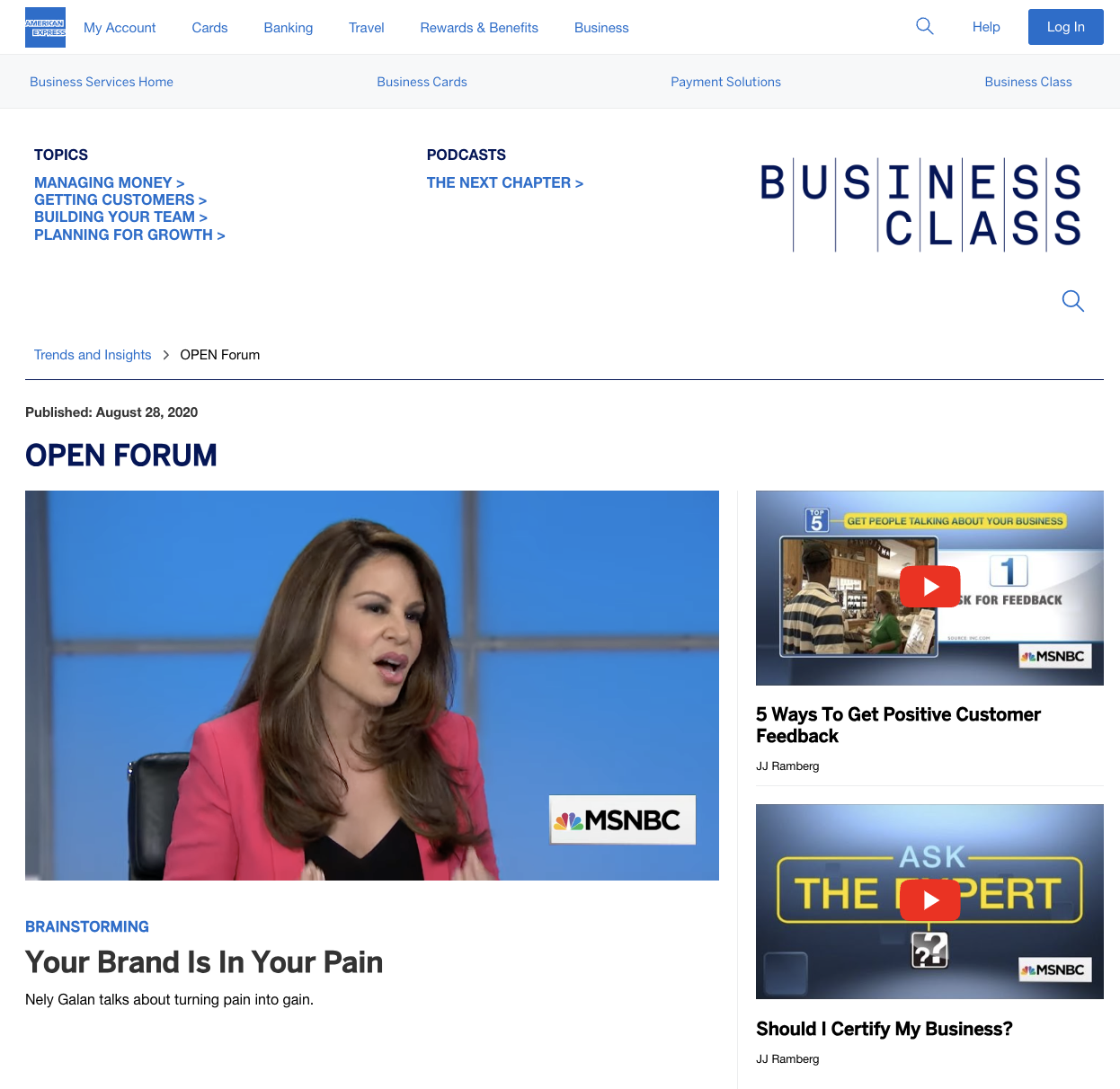
2. Red Bull
RedBull’s success in full-funnel content marketing and diversifying its content lies in its holistic approach to engaging its audience. While renowned for its energy drink, RedBull has transcended traditional branding by venturing into various media avenues, including TV shows, magazines, books, and movies.
Their website showcases a vast array of content spanning music, extreme sports, gaming, and more, grabbing their target audience’s interests. Their user experience aims to introduce visitors to the breadth of RedBull’s offerings, ensuring an immersive experience at every touchpoint.
Their secret, as shared by Werner Brell, managing director of Red Bull Media House, in an interview with MediaShift, is: “Know your brand and stand by its ethos, be relevant and authentic, surprise and innovate (“don’t be a copycat”), be consistent, and tell a real story.”
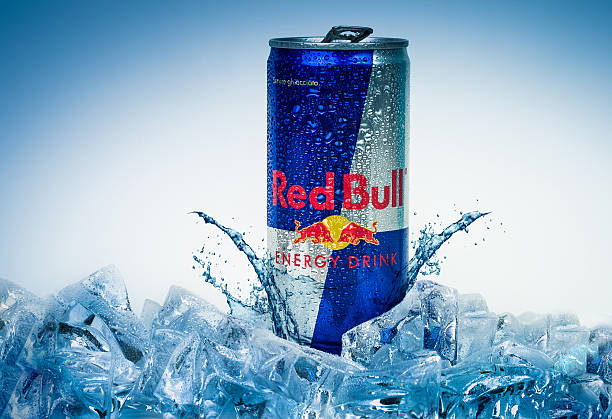
3. Coca-Cola
Coca-Cola, a globally recognized brand with a vast product portfolio, focuses on a meticulous content marketing strategy rooted in understanding consumer needs and desired outcomes. They employ a 70/20/10 content model:
- 70% targets a broad audience for acquisition.
- 20% focuses on research to innovate and engage a specific audience (driving research and conversion).
- 10% aims for maximum profitability, emphasizing retention and cross-selling.
This approach is refined through extensive research, testing, and authentic consumer feedback to cater effectively to various funnel stages.
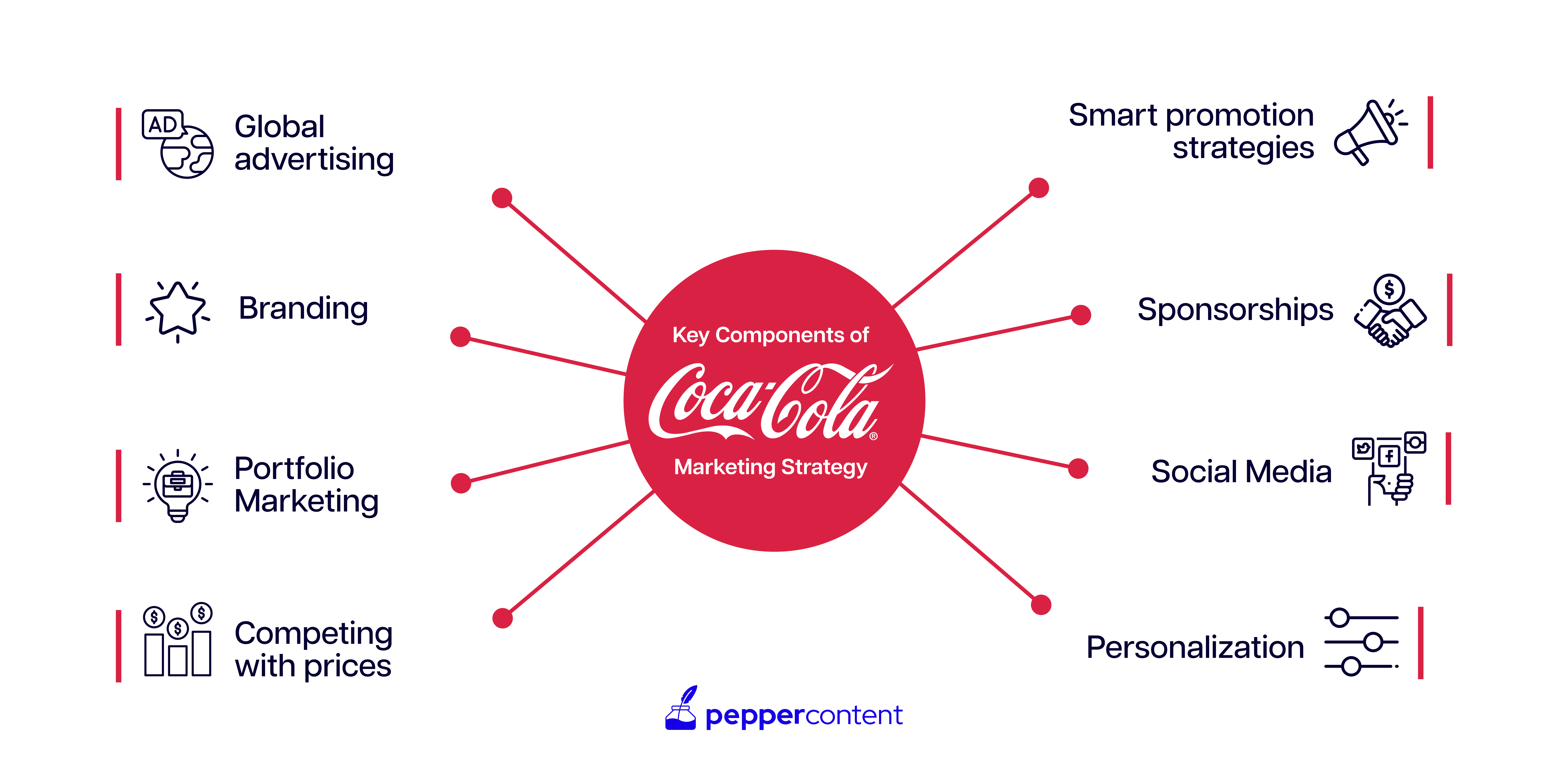
Wrapping Up
TOFU, MOFU, and BOFU might remind you of a delicious oriental dish, but in content marketing, they represent key stages in a customer’s journey. By breaking down these terms, we’ve provided clarity on building an effective content marketing funnel.
Armed with this understanding of the customer journey, it’s time to act. Define your ultimate objective, establish your sales funnel structure, and embark on guiding your customers through their journey!
Looking for high-quality writing services? Look no further, because Pepper Content is here to take care of all your content needs. Contact us today to convert your prospects into customers!
Latest Blogs
Learn how to rank on AI search engines like ChatGPT, Perplexity, and Gemini by optimizing your content for authority, structure, and relevance. Stay ahead in AI-driven search with this strategic guide.
Explore the best healthcare SEO services for your medical practice. Improve online visibility and effectively reach more patients in need of your services.
Discover top social media agencies specializing in banking solutions, enhancing financial services and driving engagement.
Get your hands on the latest news!
Similar Posts

Demand Generation
6 mins read
Fueling Demand Generation: How Buyer Personas Catapult Your Content Marketing Strategy

Demand Generation
8 mins read
Top Email Marketing Mistakes to Avoid in 2024

Demand Generation
8 mins read